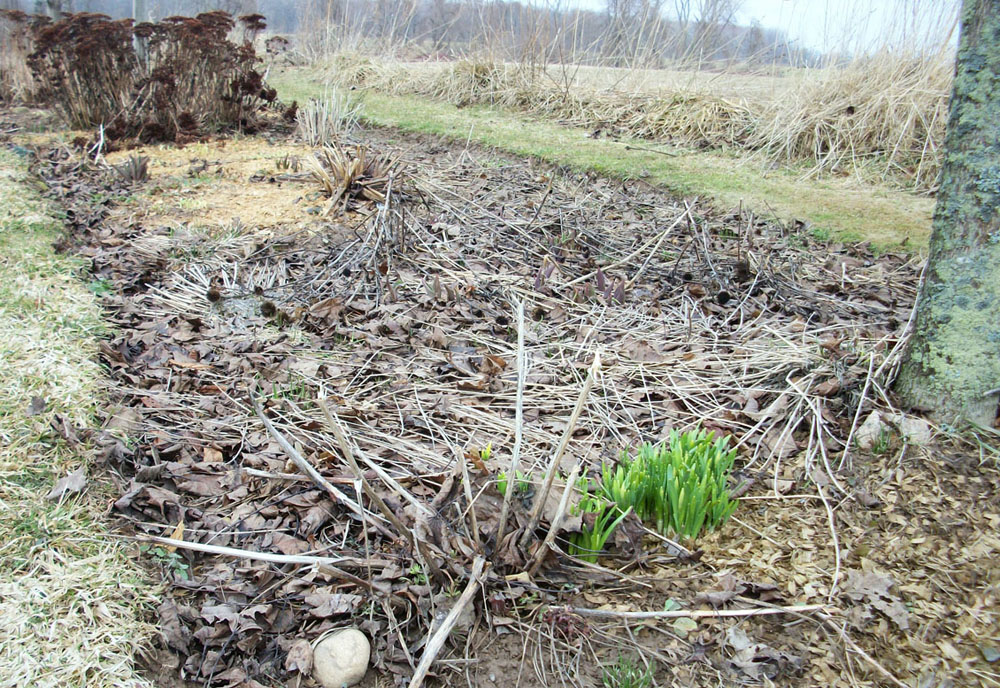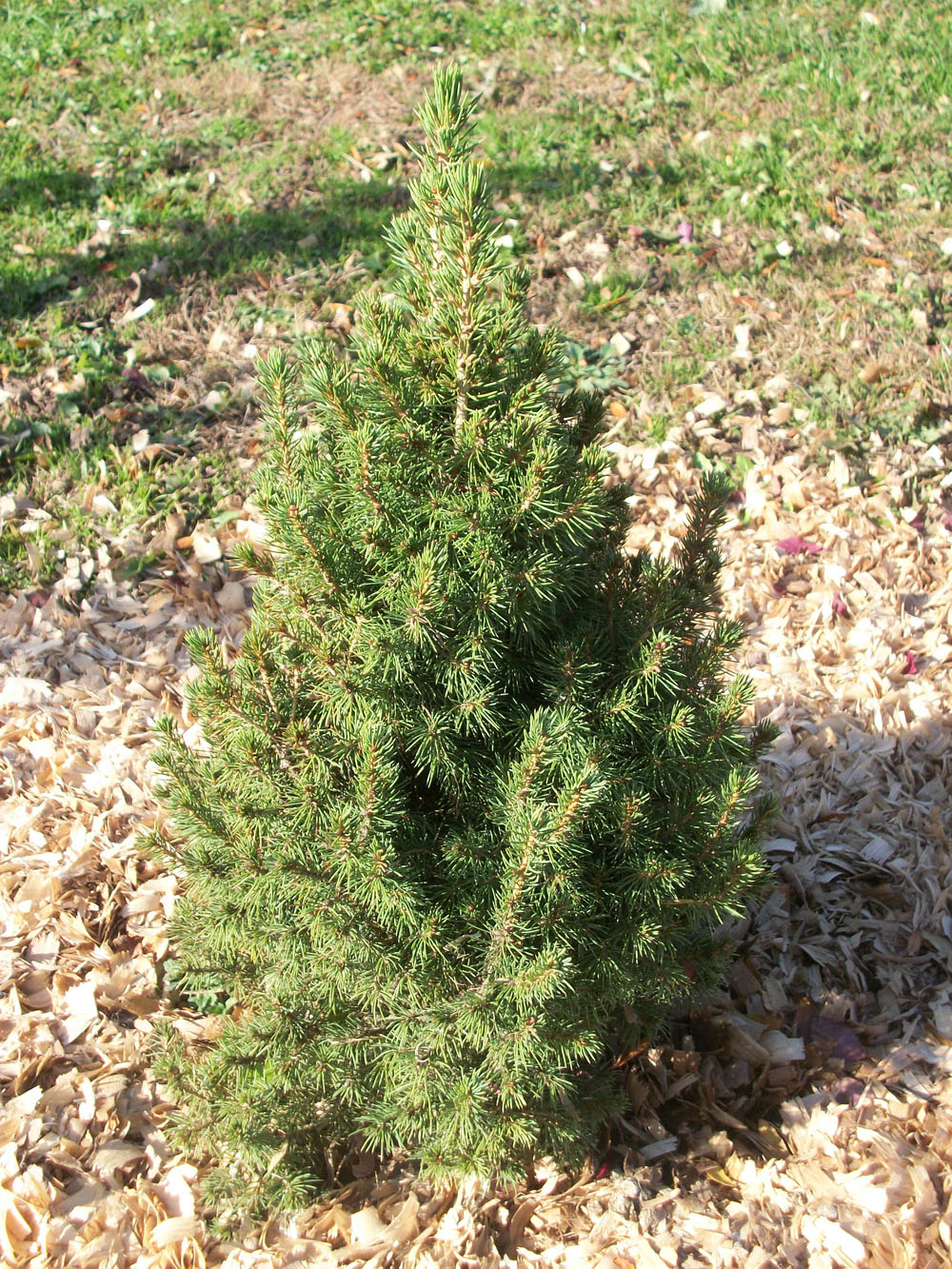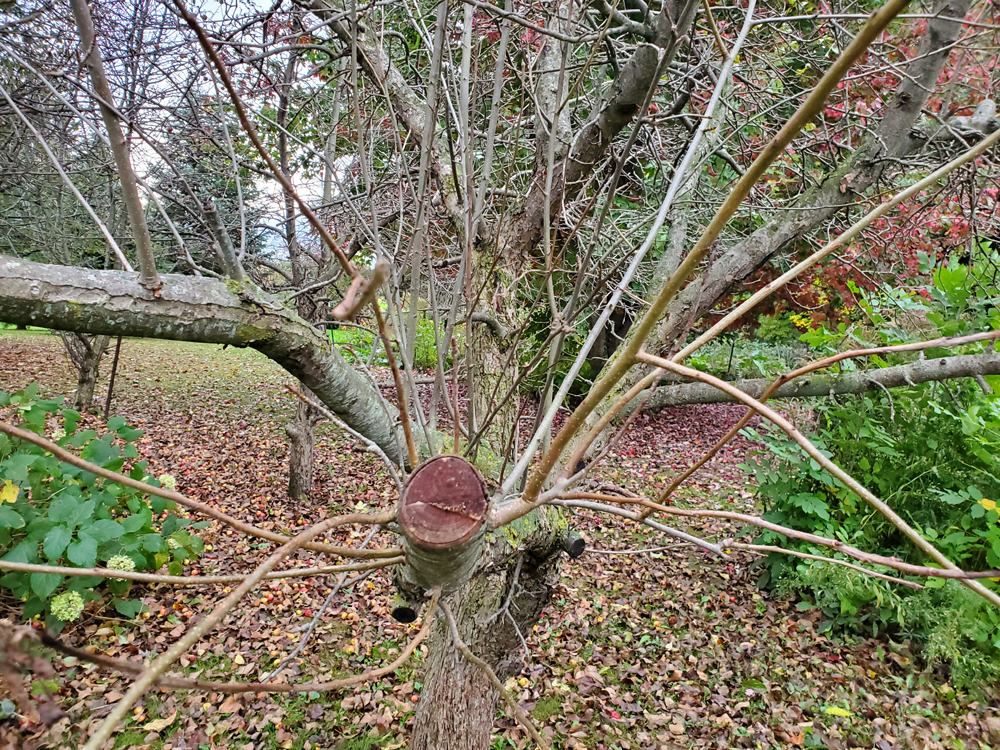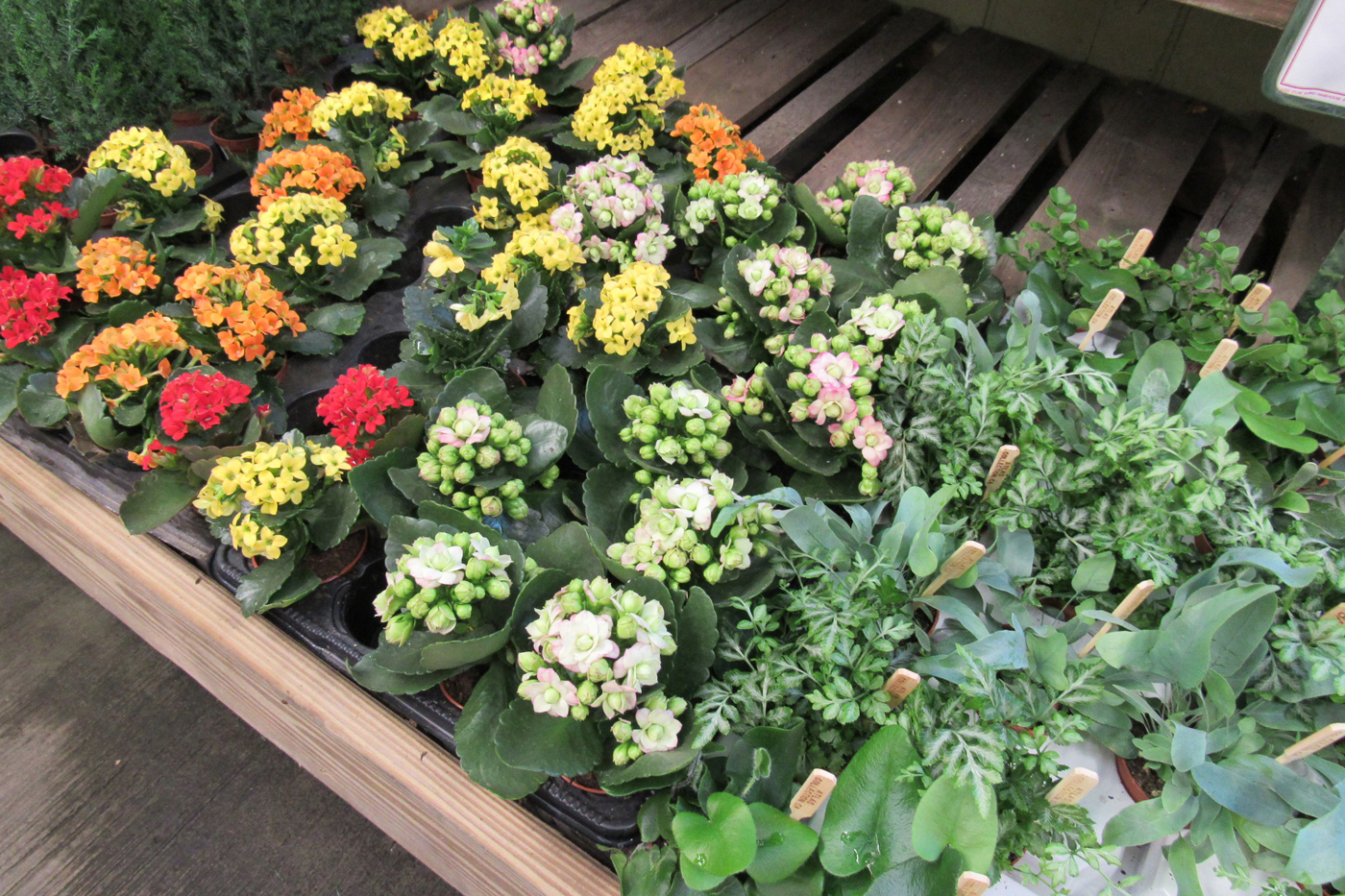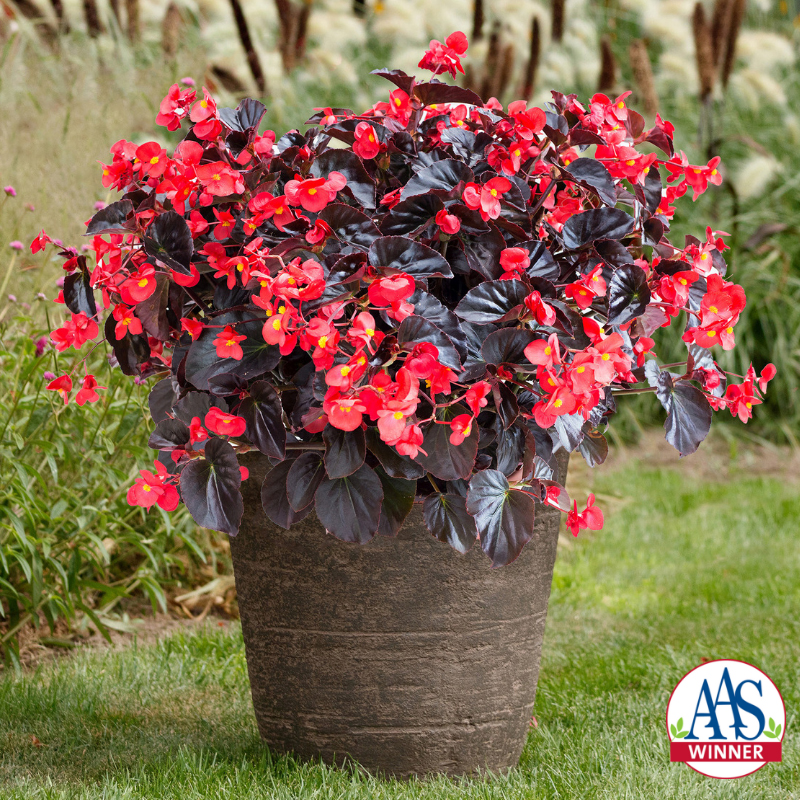Putting food by – the old fashioned way
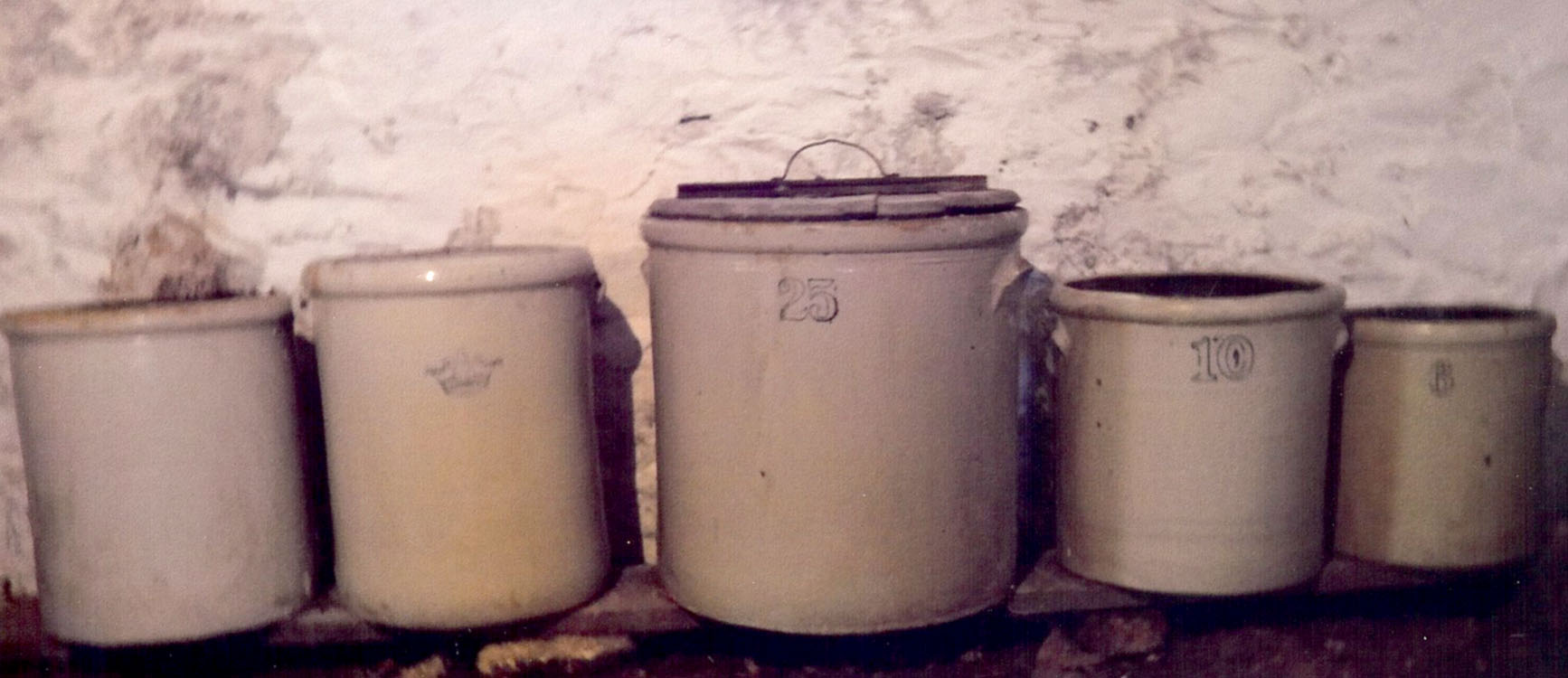
Crocks that contained our crops
For many years, between 1940 and 1960, the stoneware crocks shown in the picture contained a substantial portion of our food supply for the winter. The six gallon crock contained eggs that were stored in water glass. Water glass is sodium silicate that is mixed about nine-to-one with regular water and seals the eggshell. For best results the crock was sterilized with hot water and drained before the eggs and water glass solution were added. The eggs must always be covered with the liquid, so if more eggs were added as they became available more water glass had to be added. Generally we did not use these eggs for frying or soft boiling as we usually had a daily supply of fresh eggs. The stored ones were used for making noodles and baking. They lasted up to a year if stored properly in a cool place. Water glass was available at hardware stores and some pharmacies.
The 10 gallon crock was usually filled with sauerkraut, a staple for most German farm families. When the growing season for cabbage ended about a bushel of heads were cored out and shredded on a cabbage cutter. The routine was to shred a head, place the shredded cabbage in the crock, spread a handful of salt over it and stomp it down with a round wooden block on a handle until it had a watery sheen on it. Then do another head and continue the procedure until the crock was almost full. To keep the kraut from floating, a circular board was laid over it with a football sized granite rock on top of it. After a few days the salt would draw water out of the cabbage which then created a water seal. The kraut took about two to four weeks to ferment. During that time the rock and board were removed and washed off weekly, a task my mother did and complained about, regularly. The kraut was “ready” when it tasted good to you. We would take kraut out as it was needed but also canned some of it.
The large 25 gallon crock was filled with pork from the pigs we butchered. Most of it was hams, slabs of bacon, loins and pork hocks. They were covered by brine consisting mainly of heavily salted water with saltpeter added. Saltpeter is a mixture of sodium nitrate and sodium nitrite and is a preservative that gave hams their pink color.
Saltpeter was available in drug stores, or farm stores. While there are recipes for the amount of salt needed, my father’s was quite simple. You put a large egg in the salt water mixture and kept adding salt until the egg floated. I think he also liked to add some sliced garlic. The hams, especially if they were big, needed to have the brine infused with a meat pump to get better distribution of it. There wasn’t a prescribed time the pork remained in the brine. As I recall, we took it out after about three or four weeks, washed it and took it to be smoked. Ironically the fellow with the smoke house lived in the city near Norton St. They were one of the families who shared the pigs that we raised.
Some years, a crock was used to store a type of large green bean in salt water brine. They were really stinky when first taken out, but after several washings and then cooking with a slab of bacon they tasted quite good.
One smaller crock might have been used to store the salt pork after the big crock was emptied. Our salt pork was some of the lesser quality parts of the bacon sides and also the hocks. All of the crocks in use were covered with a cloth, usually an old bed sheet tied with twine around the crock. While it might not spoil the product, it wasn’t very pleasant to find a mouse swimming, or floating dead in the brine.
Barrels of booze in the basement
To help wash down the heavy food that came out of the crocks, we had an ample supply of beverages. Only three barrels remain from what was once a rack holding eight or nine of them. My father, Joe, recalled that one year during the period of prohibition he made nine 50-gallon barrels of hard cider. Most of it was from our own apples produced in the orchard that existed when they bought the place. Joe noted that during the late fall, winter and early spring they had a lot of friends, but later when the cider was almost gone and farm work started, the friends’ visits slowed noticeably.
In truth, those friends were of great help to my parents and always bartered something they had, or worked a few hours in return for some cider. In later years, several of those friends worked at Topper, Standard or Genesee breweries, but they still enjoyed hard cider and often swapped some beer for cider.
Cider constituted the bulk of the beverages partly because it was the cheapest to make. Depending on the variety of apple, it took 13 to 15 bushels to produce 50 gallons of apple juice which when fermented still was 50 gallons but not necessarily drinkable down to the last drop. Sugar was added to the juice to help the fermenting and also produce a higher alcohol content. Joe liked experimenting with other additives such as quince slices, raisins, orange peel or other fruit pieces to produce a slightly different color or flavor than plain apple juice. Even though cider looked like a liquid that had already gone through the human body, it still tasted good to some folks, mostly men. I recall several times when someone who hadn’t drunk any cider in years would stop and visit and talk about how great our cider was. It got better with each glass but it was only when the poor guy tried to stand up and leave that he truly felt it.
We were lucky because there was a cider mill on the farm west of ours owned then by Andrew Conrad and later by his son, Francis. It made for short hauls of apples and juice. Also it was a part time job for me either helping in the mill or selling sweet cider from the bed of Conrads truck parked at the corner of Gillett Road and Route 31.
Joe also made some wine but it was from juice purchased from a grower in Naples, NY. His name was Nick and he delivered the juice to us. He would have four or five 50 gallon barrels on his pick up truck. Upon arrival around 10 a.m. he would pull up near one of our cellar windows. A 50 feet length of garden house was employed to siphon the juice from his truck to our barrel in the cellar. Once it started flowing Nick would come in, sit down and have a drink but usually not wine. Oh, he might taste a bit of wine made from last year’s juice but he preferred whiskey and a beer. Sometimes it was two or three before Nick would think of checking the siphon.
From our place he would head into the city and a few more deliveries where we suspected the ritual was repeated. We worried about his ability to drive back to Naples in the evening but felt better when we learned he had a son on the east side of the city, which was his last stop and he usually stayed there overnight.
Leftover cider was bottled for future use. By adding a spoonful of sugar to the bottle it would produce a “sparkling” cider in a few months. Timing was important because if the cider wasn’t quite through “working” the added pressure produced by the sugar might cause the bottle to burst. I’m going to the cellar now because I think there is still a bottle or two somewhere from the last year Joe made cider. Of course it could be vinegar, which was also what we made when the dredges of the cider barrel were used to replenish the vinegar barrel.


